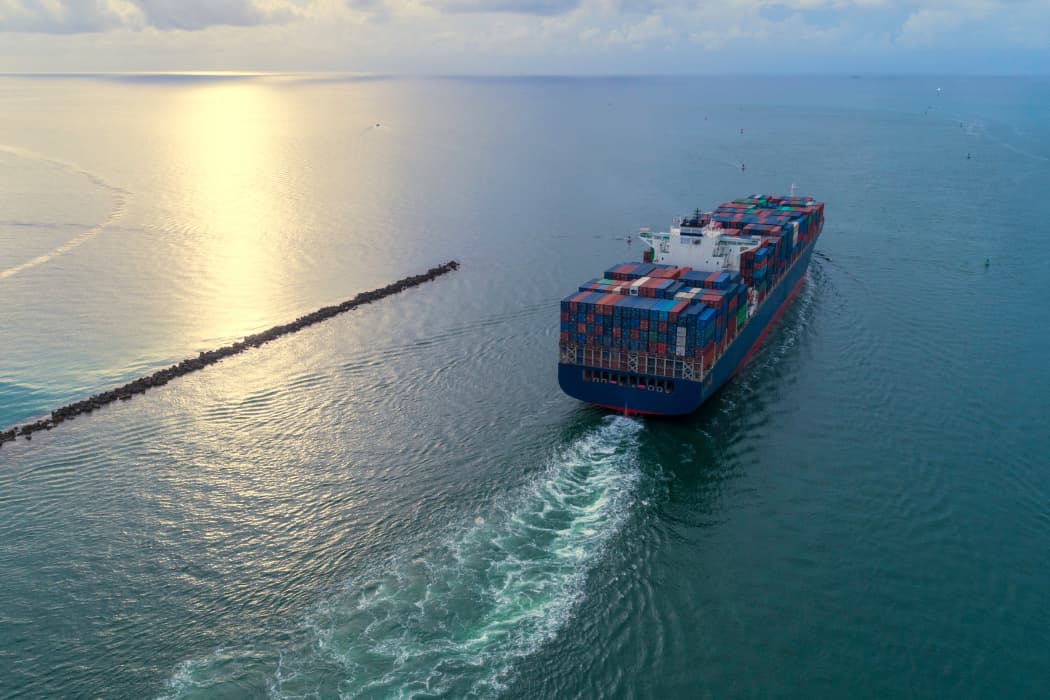
While the full impact to global supply chains from the conflict in the Red Sea is still unfolding, it is clear that we have just begun to see the ripple effects. Even if the conflict was solved tomorrow, the cascade of disruptions has already begun. And it will take significant time for the logistics market to return to more predictable cycles.
As we remain in the midst of the disruption, here are some factors shippers should prepare for:
Constrained global ocean capacity and equipment
The pauses in transit and re-routing of vessels from the Suez Canal are already placing a strain on capacity globally – not only in the Red Sea. While space limitations are most prominent on the Asia-Europe trade lane now, and are expected to continue for multiple weeks, we’re seeing the impact across other lanes as ocean carriers shift vessels to lanes with the highest shipping demand.
To secure space in a competitive capacity market, booking as far in advance as possible for ocean freight will be key across all trade lanes. Currently, we’re recommending customers to book at least 3-4 weeks in advance.
As vessels and containers are in transit longer, a shortage of empty containers and equipment in Asia will occur. This will further increase delays as freight is stuck at origin until an empty container is available. When containers are in short supply, utilizing less-than-container load (LCL) ocean shipping is an option to consider. If you can’t secure a full 20 or 40-foot container, LCL helps keep some of your freight moving by securing space in a shared container.
Other events causing delays
Since 29% of global ocean traffic typically travels through the Suez Canal, it was clear the re-routing of vessel traffic was going to have a significant impact. However, the disruption was promptly elevated due to the ongoing ocean shipping challenges because of low water levels in the Panama Canal.
Not only were some vessels re-routed to the Suez Canal to avoid the Panama Canal before the conflict escalated, the ongoing drought in Panama leaves shippers with one less option. This leaves the Cape of Good Hope as the main alternative ocean route available – and that route adds, on average, 14 days to transit time depending on the origin and destination. Although there has recently been an increase in rain in the area and some additional daily slots have opened up, the Panama Canal is unlikely to be a reliable alternative solution anytime soon as that area enters their dry season. Vessel restrictions will likely remain in place for the foreseeable future.
Lunar New Year is another event to keep in mind. The holiday traditionally brings an increase in exports from Asia as companies tend to move more freight before most businesses across Asia go offline for at least 2 weeks.
Typically, the ocean market sees volume increases several weeks before the holiday, which starts February 10th this year. These expected volume increases will compound delays that the logistics market is already experiencing.
Expanded role of air freight and LCL ocean shipping in the coming weeks
Although it is a completely different situation, the cascade of disruptions across the supply chain is giving some shippers flashbacks to the COVID pandemic. Similarly, some shippers are already in survival mode with one goal on their mind: make sure my freight moves by whatever means possible. That’s where contingency plans come in. Keep in mind, a logistics provider with global scale and expertise to strategize and put those plans in motion is key to keep your freight moving during disruption.
Traditional air freight is an obvious alternative, but contingency plans can also include a combination of sea and air solutions, expedited inland services, transloading when cargo arrives at port, and LCL. The spot market will be a good indicator to monitor the industry-wide shift to other modes.
Since this disruption escalated over the holidays, contingency plans are rolling out slower than usual, but we expect this to change quickly as people are back in the office. While air and LCL capacity is easier to come by now, that may not be the case long-term as shippers activate their contingency plans.
In anticipation of ocean to air conversions, we’re already blocking additional air capacity on core trade lanes to help our customers keep their freight moving. However, shippers shouldn’t only focus on individual locations or modes. We’re helping our customers look across their entire supply chain and build risk mitigation strategies that support their business amidst an evolving geopolitical climate.
Even if you’re not currently impacted by the disruption, starting conversations with your logistics provider now is crucial as delays will likely cascade to multiple areas of the supply chain, including surface transportation. While disruption is not new in global shipping, each event is as unique as the supply chains operating in it. As the situation is evolving, contingency plans that include plans A, B and C are critical to keeping supply chains moving.
To learn more about the direct or indirect impacts to your supply chain, please connect with your C.H. Robinson representative. You can also sign up to receive timely updates via our Client Advisories.



